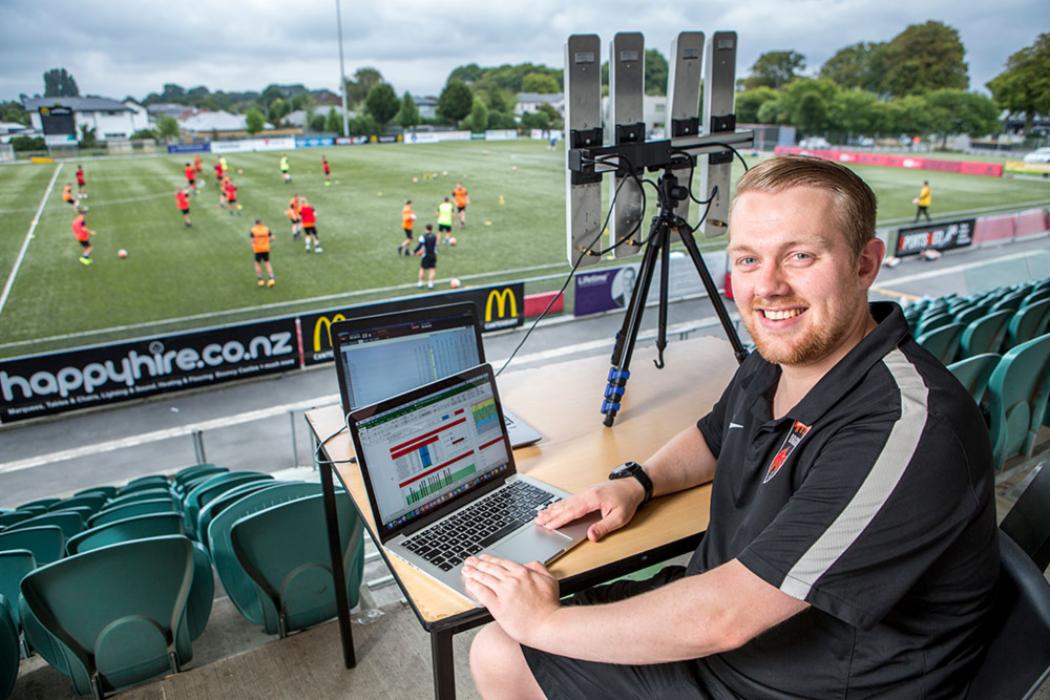In the realm of sports, the pursuit of excellence is relentless. Whether on the fields of local clubs or the grand stages of the Olympics, athletes and coaches are constantly seeking an edge. This pursuit has given rise to the science of sports performance analysis, a field that leverages technology and expertise to dissect, understand, and optimize athletic performance. In this comprehensive guide, we delve into the world of sports analysis, exploring its key aspects, benefits, and the technologies that span the spectrum from local clubs to the pinnacle of Olympic competition.
**1. The Essence of Sports Performance Analysis
a. Objective Evaluation: How data-driven analysis provides an unbiased assessment of an athlete’s strengths and areas for improvement.
b. Fine-tuning Technique: How the minutiae of form, movement, and strategy can be refined for optimal performance.
**2. Video Analysis: The Visual Blueprint of Performance
a. Capture and Playback: Utilizing high-speed cameras and slow-motion replay to scrutinize every nuance of an athlete’s movements.
b. Comparative Analysis: Contrasting an athlete’s performance with benchmarks or previous iterations for insights and adjustments.
**3. Performance Metrics: Quantifying Athletic Excellence
a. Speed, Power, and Endurance: Measuring key physical attributes to optimize training regimens and game strategies.
b. Biomechanical Analysis: Understanding the body’s mechanics to enhance efficiency and prevent injuries.
**4. Data-Driven Coaching: Precision in Practice
a. Tailored Training Programs: Crafting individualized regimens based on performance data to address specific needs.
b. Real-time Feedback: Using live analysis tools to provide immediate insights and adjustments during training sessions.
**5. Technological Innovations in Sports Analysis
a. Wearable Sensors: How smart devices and wearables are revolutionizing the collection of real-time performance data.
b. Advanced Motion Capture: Three-dimensional tracking systems that offer unparalleled insights into an athlete’s movements.
**6. Breaking Down Team Dynamics
a. Player Interaction Analysis: Evaluating teamwork, communication, and coordination for optimal on-field synergy.
b. Opponent Analysis: Dissecting the strategies and tendencies of rival teams or athletes for a competitive edge.
**7. Elite Sports Analysis: The Olympic Standard
a. High-Performance Centers: How dedicated facilities and expert analysts support the training of Olympic-level athletes.
b. Preparation for Global Competition: The meticulous planning and analysis that goes into gearing up for events like the Olympics.
**8. The Psychology of Performance Analysis
a. Building Confidence: How concrete data and insights can boost an athlete’s self-belief and mental resilience.
b. Setting and Tracking Goals: Establishing measurable objectives and tracking progress towards peak performance.
**9. Injury Prevention and Rehabilitation
a. Biomechanical Profiling: Identifying movement patterns that may predispose athletes to injuries.
b. Tailored Recovery Plans: Using performance data to design effective rehabilitation programs.
**10. Ethical Considerations and Privacy in Sports Analysis
a. Balancing Transparency and Confidentiality: Respecting athlete privacy while optimizing performance through data analysis.
b. Fair Play and Competitive Equity: Ensuring that performance analysis practices align with the principles of sportsmanship.
Conclusion: Elevating Athletes to Extraordinary Heights
Sports performance analysis is the compass that guides athletes towards their zenith. From local clubs to the global stage of the Olympics, this science empowers coaches and athletes alike to unlock their true potential. By leveraging technology, expertise, and a commitment to excellence, sports analysis stands as a testament to the relentless pursuit of greatness in the world of sports. Together, we continue to push the boundaries of human achievement, one meticulously analyzed performance at a danatoto time.

